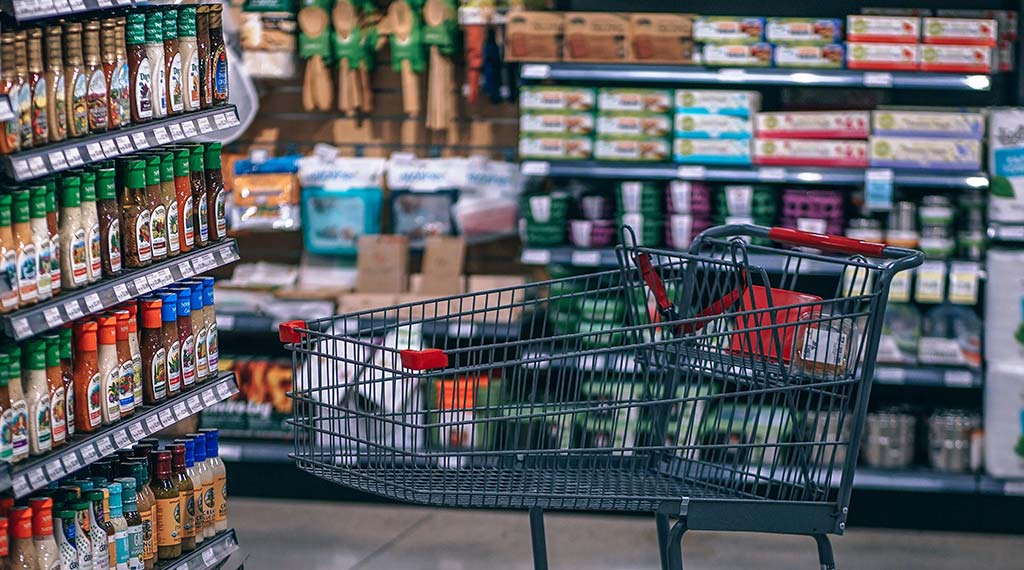
Stories
Brexit may cause food price increases in UK
Annual report on food and beverage industry highlights UK's dependence on Europe
March 22, 2019
Brexit may break a number of long-standing supply chains in the food and beverage sector because of the U.K.’s dependence on imports and the strength of its exports to all of Europe, according to IESE’s Vademecum on Food and Beverage Markets.
The sixth edition of the report, a co-production by IESE and Deloitte, was led by Prof. Adrian Caldart and Júlia Gifra. The vademecum is meant to be a practical guide for companies in the context of IESE’s 23rd annual Food and Beverage Industry Meeting.
The uncertainty surrounding Brexit, coupled with slowing growth, is weighing down on the U.K.’s standing in the report’s ranking of the most attractive destinations for food exports. And the worst could be yet to come if tariffs with EU trading partners are restored. The report highlights that 58% of U.K. food and beverage exports and 61% of imports of have their destination or origin in Europe, respectively.
Major British supermarket chains and local subsidiaries of the likes of McDonald’s and KFC have already warned about the risks of sharp price rises and even food shortages if a no-deal Brexit comes to pass.
U.S., China and Germany lead ranking for export destinations
Meanwhile, three countries as distinct and distant as the United States, China and Germany once again topped the annual Food and Beverage Attractiveness (FBA) ranking of the best destinations for exports, according to the report. It was the third year in a row those countries held the top positions on the winners’ podium.
The study analyzes a total of 80 countries, rating them based on 10 indicators that are meant to sum up their attractiveness as export destinations and investment opportunities based on the countries’ economic and legal frameworks, the structure of their populations, and the situation of their food and beverage sectors.
Europe most attractive region for food industry
Although the United States leads the ranking, Europe continues to be the most attractive region for the food industry. Five of the top 10 and nine of the top 20 countries are European.
European nations score especially high for the soundness of their economic and legal frameworks, as well as their citizens’ disposable incomes and per capita spending on food. The most attractive European markets are Germany (3), the Netherlands (4), France (6), Switzerland (9) and the U.K. (10), which has dropped five places in two years.
Following Europe, the second most attractive region is Asia, propelled by China (2), the globe’s most populous country and the second largest importer of food and beverages. Other top Asian performers are Hong Kong (5), with the highest per capita spending on food; and Japan (7), which continues to be a compelling market despite having retreated three positions in two years.
Without a doubt, the United States remains the most attractive market for food and beverage companies, given that it is the global leader in terms of both food and beverage imports—and it occupies one of the top positions in almost all specific import categories.
In South America, Chile (37) boasts the highest ranking again this year. Meanwhile, the ascent of Argentina (38) really stands out: it advanced no less than 23 positions over the past two years. But there’s no such good news for Venezuela (80), which remains down on the lowest rung of the ranking despite the size of its market.
The United Arab Emirates (8) leads the regional ranking for the Middle East, climbing two positions over last year to enter the global top 10. It is followed by Israel (18) and Qatar (26), two countries that have headed in different directions recently, as Israel gained six positions while Qatar lost seven over the past two years.
On the African continent, the most attractive markets are Egypt (57), Kenya (60) and South Africa (61).
New this year and methodology
The 2017-2018 edition of the Vademecum on Food and Beverage Markets features some new and improved indicators on median disposable income, market and trade efficiency, export figures and more. With these changes, FBA index scores have also been recalculated for the previous two years, allowing meaningful comparisons over three years.
Within the context of the food and beverages industry, 80 countries are analyzed in terms of their attractiveness for setting up a business or directing exports there. The FBA ranking is based on 10 indicators that cover three pillars: the national economic and legal frameworks (25%), the structure of their populations (30%), and the situation of their food and beverage sectors (45%).
The report brings together, standardizes and assigns weightings to relevant data from reliable sources, such as the International Monetary Fund, the World Bank and the United Nations.


